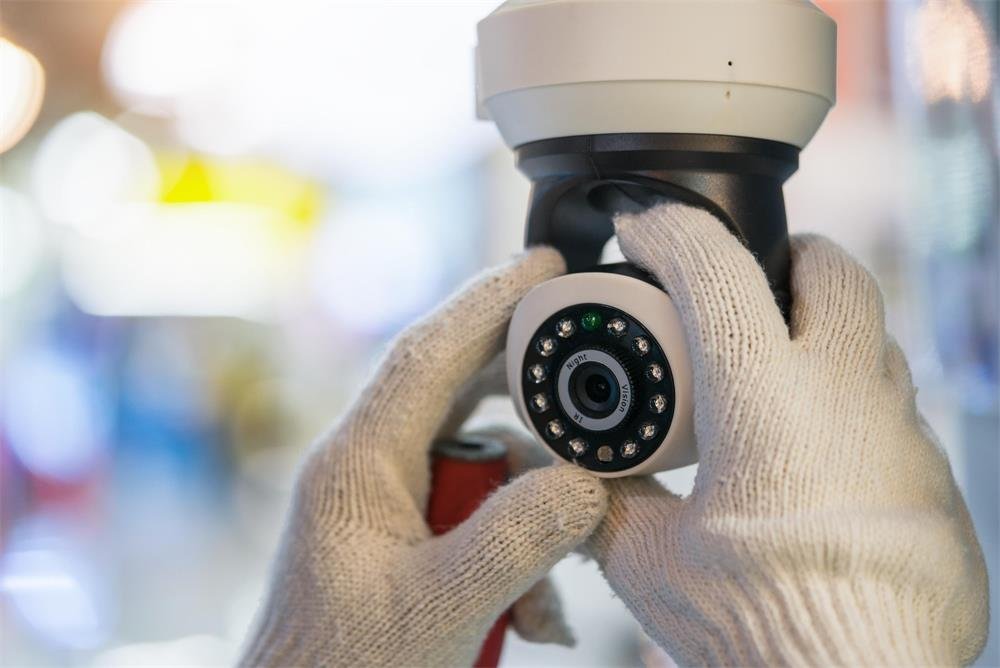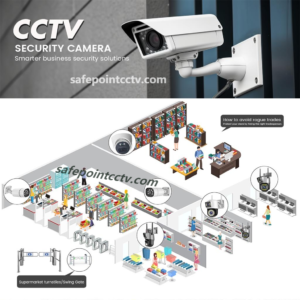- Lack of Night Vision:
Nighttime security is equally important as daytime security. Choosing a CCTV camera without adequate night vision capabilities can result in dark and unrecognizable footage during low light conditions. Look for cameras that offer excellent low-light performance or infrared (IR) technology to capture clear footage even in complete darkness. Ensure that the camera specifications highlight its night vision capabilities. - Neglecting Storage Capacity:
Video storage capacity is often overlooked but is crucial for maintaining a comprehensive surveillance system. Choosing cameras with insufficient storage capacity or failing to integrate them with video storage systems can result in data loss and an inability to review or retrieve footage when needed. Evaluate your storage needs and select cameras that offer ample storage capacity or compatibility with external storage solutions such as network video recorders (NVRs) or cloud-based storage platforms. - Inadequate Tech Support:
Regardless of the quality of your CCTV cameras, there may be times when technical issues arise or you require assistance. Choosing a brand that lacks reliable technical support and customer assistance can lead to frustration and delays in resolving problems. Prioritize reputable brands that offer responsive and knowledgeable technical support, including phone support, online resources, and firmware updates. Research customer reviews and ratings to gauge the brand’s reputation for after-sales service. - Limited Coverage:
One of the critical factors to consider when purchasing CCTV cameras is the coverage area. Failing to consider this may result in blind spots or gaps in your surveillance system. Before making a purchase, assess the camera’s field of view, range, and zoom capabilities to ensure that it covers the desired area effectively. Consider the size of the area you want to monitor and choose cameras accordingly. - Ignoring Compatibility:
One of the most common mistakes buyers make when purchasing CCTV cameras is ignoring compatibility. It is crucial to ensure that the camera you choose is compatible with your existing security system. Failing to do so may result in compatibility issues that can render the camera useless or require costly modifications to your system. Always check the camera’s specifications and compatibility requirements before making a purchase. - Overlooking Remote Access:
In today’s connected world, remote access to surveillance footage is essential. Ignoring cameras that offer remote access capabilities means missing out on the ability to monitor your premises from anywhere, at any time. Opt for cameras that provide secure remote access options, allowing you to view live feeds and recorded footage using mobile devices or computers. Ensure that the camera supports remote viewing via dedicated software or mobile apps. - Neglecting Weatherproofing:
If you need to install CCTV cameras outdoors, weatherproofing is a crucial factor to consider. Outdoor surveillance cameras are exposed to various weather conditions, including rain, humidity, and extreme temperatures. Neglecting to choose weatherproof cameras designed for outdoor use can result in premature failure and damage. Look for cameras with an IP rating that indicates their resistance to water and dust intrusion. - Poor Video Quality:
Another common pitfall is compromising on video quality. Low-resolution cameras may save you money upfront, but they often provide blurry and unclear images, making it difficult to identify faces or objects. Invest in cameras with high resolution and image clarity to ensure that your surveillance footage is of the highest quality. Crisp and clear video playback is essential for effective security and incident resolution. - Lack of Scalability:
Your security needs may evolve over time, requiring additional cameras or expanded security features. Neglecting scalability when purchasing CCTV cameras can limit your flexibility to adapt to changing circumstances. Select cameras that can easily integrate with additional cameras or other security devices to accommodate future expansion. Compatibility with industry-standard protocols, such as ONVIF, can increase interoperability and allow for seamless expansion of the surveillance system. - Ignoring Installation Requirements:
Lastly, overlooking the installation requirements of CCTV cameras can result in unnecessary challenges or additional costs. Different cameras may have specific installation needs, such as mounting brackets, power supply requirements, or network connectivity. Understand the installation process beforehand and determine if professional assistance is needed to ensure a seamless setup and optimal functionality. Consider factors such as power source availability, network infrastructure, and cabling requirements.
When purchasing CCTV cameras, avoiding common pitfalls is crucial for creating a robust and effective security system. By considering factors such as compatibility, video quality, night vision capabilities, coverage, storage capacity, remote access, weatherproofing, tech support, scalability, and installation requirements, you can make informed decisions and invest in a surveillance system that meets your specific needs. Take the time to research, consult experts, and prioritize quality to ensure your premises are adequately protected and secure.

